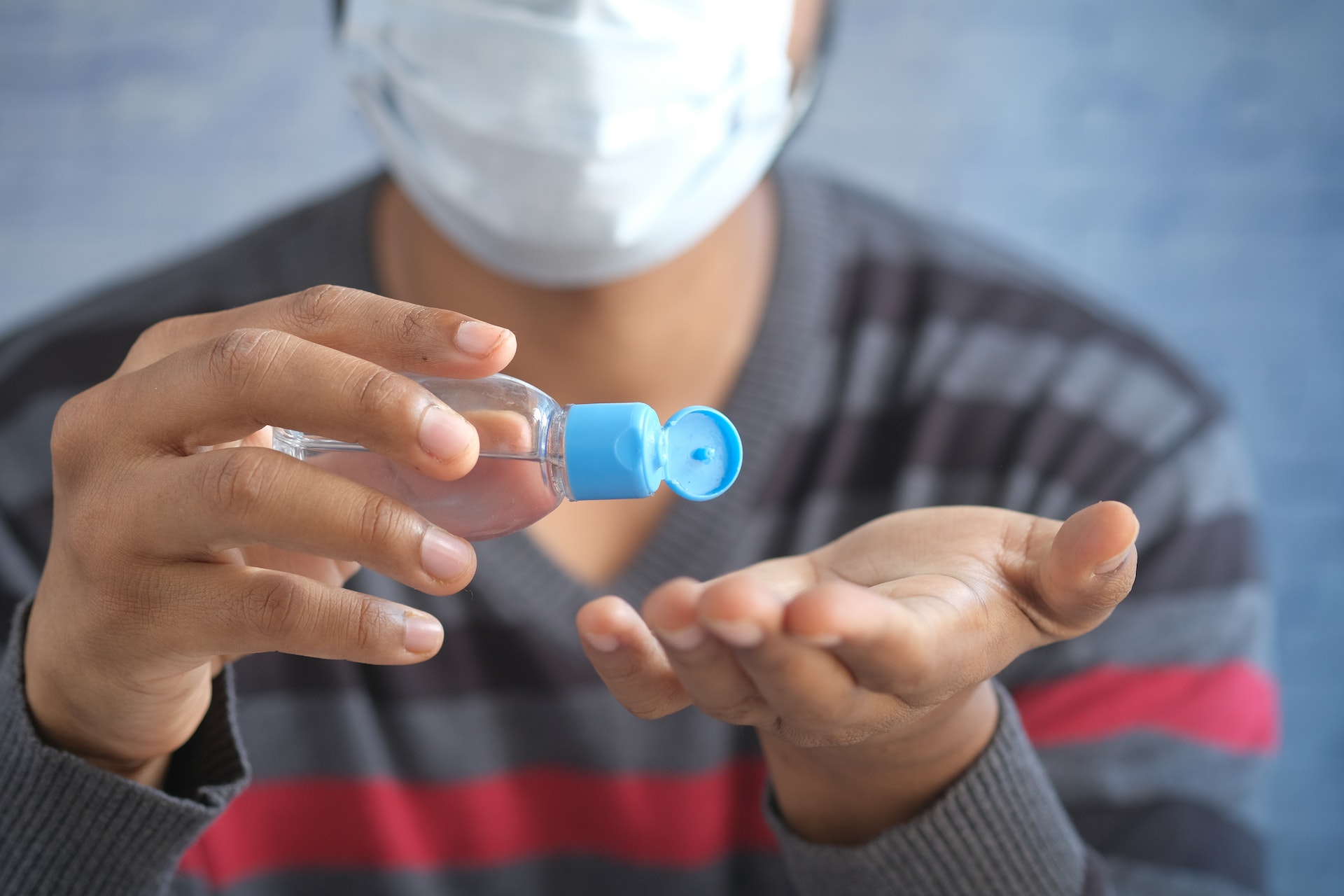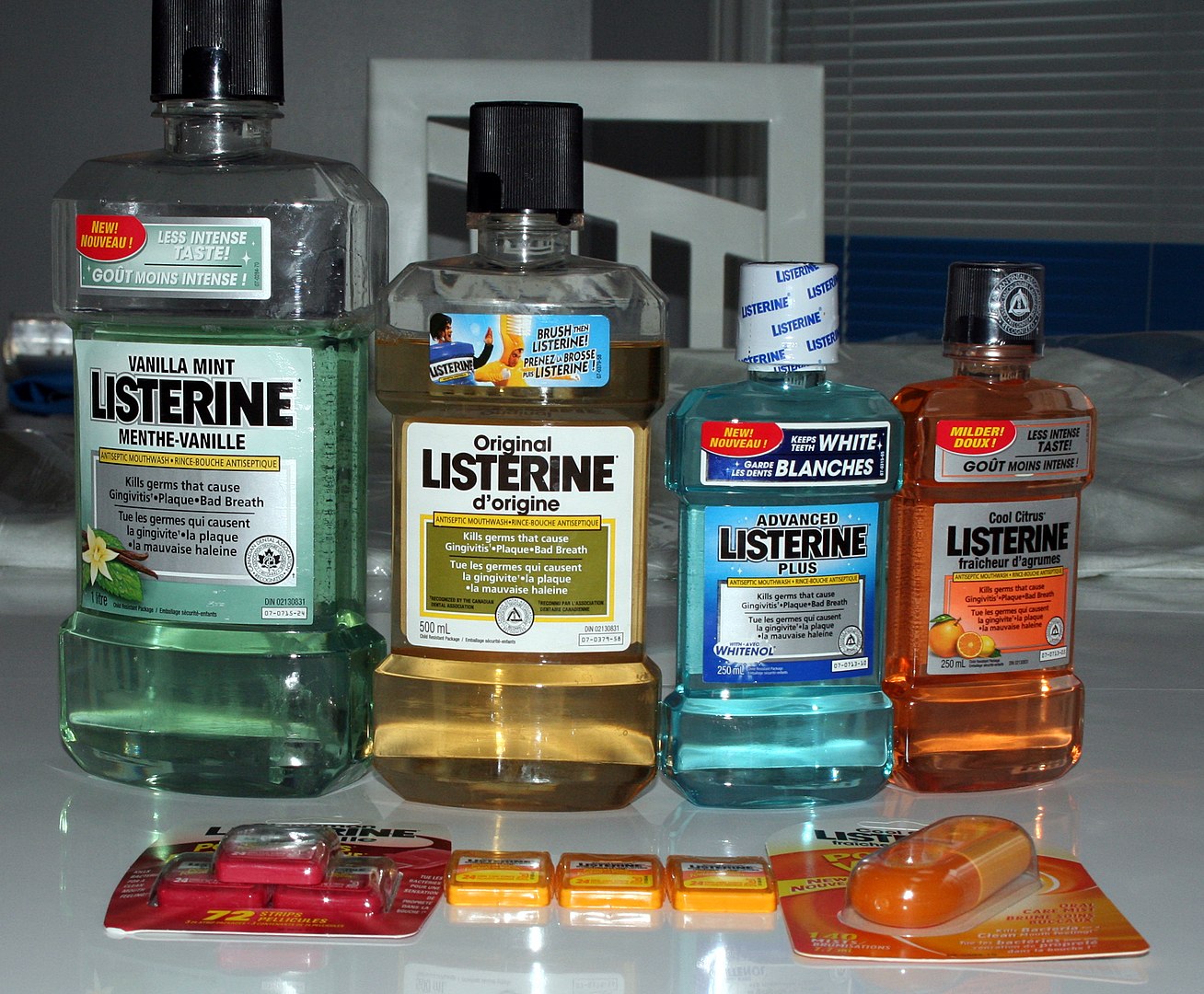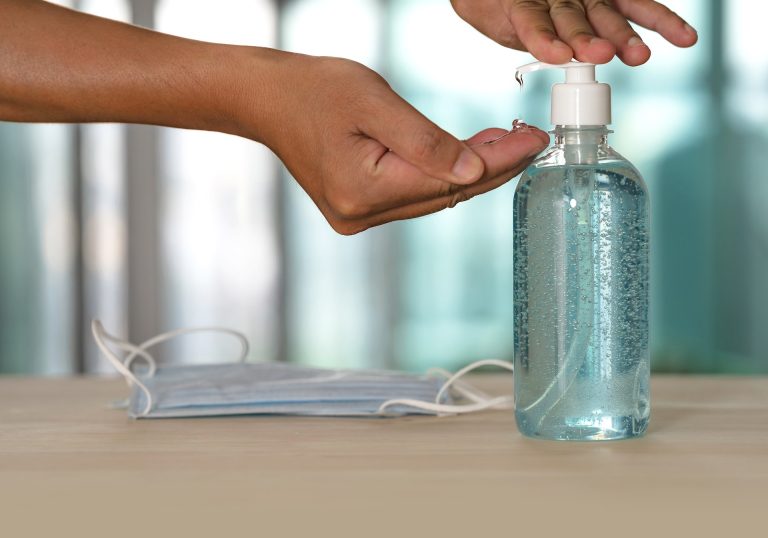In the final part of our series on toxins in the home, we will discuss how some common hygiene items contain harmful chemicals — often revealed by their intense smell, color and/or taste — and how simple recipes with natural ingredients can be just as effective in helping us maintain good hygiene.
Hand Sanitizer
In the wake of the Covid-19 pandemic, hand sanitizers have become indispensable everyday companions for many of us. A squirt of gel to protect from germs is suddenly more normal than washing our hands with soap and water.
Yet hand sanitizer too often has consequences that go beyond dry skin. The presence of heavy chemicals — and the use of unauthorized substances — in several hand sanitizer formulations has become a cause for concern for both consumers and government entities.
One harmful ingredient that has become abundant in hand sanitizers since the pandemic is technical-grade ethanol. Faced with increasing demand for this antiseptic product and a shortage of pharmaceutical and food-grade ethanol, many companies started to use technical-grade ethanol in alcohol-based hand sanitizers.

While this type of alcohol is remarkably effective in killing germs, it contains more impurities than its counterparts. The primary impurity of concern is acetaldehyde, a compound that can cause irritation of the eyes, skin and respiratory tract during primary exposure; and erythema, coughing, pulmonary edema and necrosis at higher exposure levels.
Success
You are now signed up for our newsletter
Success
Check your email to complete sign up
Although the demand for hand sanitizer has returned to normal and the use of technical-grade ethanol is no longer endorsed, there are companies that continue to add this ingredient to their products. To avoid exposing yourself to this substance, keep an eye out for labels such as “Ethanol XX% (technical-grade)” under medicinal ingredients, “Adults only” under directions, or “Do not use on broken or damaged skin,” “Not recommended if you are pregnant or breastfeeding” and “Do not inhale” under warnings.
Denaturants are also used in hand sanitizers. When added to ethanol, these substances give the solution a bad taste to prevent consumers, especially children, from ingesting the product. While the use of denaturants is not mandatory, denaturants that pose great health risks — usually sanctioned by government institutions — have proliferated in the market. Such is the case with ethyl acetate and methanol.
When ethyl acetate is present in hand sanitizers, frequent exposure can lead to irritation and cracking of the skin. Methanol goes beyond skin irritation. It is potentially toxic when absorbed through the skin, can cause irritation of the eyes and upper respiratory system, dermatitis and aggravation of eczema symptoms. Both of these substances can be life-threatening when ingested.

Yet another type of alcohol, 1-propanol, may still be found in hand sanitizers even though its toxicity to humans has been confirmed. Typically used to make industrial solvents, 1-propanol can irritate the skin, nose, eyes and throat; as well as cause cracked skin, drowsiness and headache.
Our first step in avoiding these harmful chemicals is to limit the use of hand sanitizers to what is absolutely necessary. When we need to clean our hands, doctors recommend washing with soap and water when possible. Not only is this gentler on the skin, it is more effective at removing certain germs such as norovirus, Cryptosporidium, and Clostridioides difficile, as well as chemicals like pesticides and heavy metals.
Since soaps can also be laden with chemical additives, you can take it a step further and make your own — a great way to control what touches your skin. Natural ingredients can be just as effective and are much gentler and safer.
There still may be a place for hand sanitizer in your life, in which case, you can also make a DIY project for that. Nature provides many remarkably effective antiseptics that won’t dry your hands.
Mouthwash
Our mouth is the home to several types of bacteria. There are the not-so-welcome bacteria that cause cavities and bad breath, and there are the good bacteria that help us break down our food and maintain healthy teeth and gums.

Mouthwash may be great at killing germs, yet it does not distinguish between the good and bad bacteria. Frequent use of mouthwash can end up altering one’s microbiome — the community of microbes that naturally inhabit our organism and contribute to its proper functioning.
Destroying friendly bacteria can increase the risk of diabetes. According to a study published in the journal Nitric Oxide, using mouthwash at least twice a day may affect the oral microbiome to the point of hindering blood sugar metabolism, modifying insulin sensitivity and altering blood pressure
Alcohol-based mouthwashes have additional factors of concern. While it is effective at eliminating bacteria, alcohol causes a tingling sensation that, for sensitive individuals, can turn into a burning pain.
Since alcohol is a drying agent, the use of alcohol-based mouthwashes can inhibit saliva production. When the mouth is dry, it provides a favorable environment for germs to proliferate, which paradoxically increases the chances of developing bad breath.
Some mouthwash brands add Sodium Lauryn Sulfate (SLS) — an emulsifying agent used in household cleaning products — to their formulation to create a “foaming” action in our mouth. However, SLS is known to increase the incidence of oral irritation, so it is likely to induce cracks in the corners of the mouth or cause an outbreak of canker sores.
To reduce the risks of mouthwash side effects, check all the ingredients carefully and move towards relying more on brushing and flossing. A simple and sound oral hygiene routine using natural products can be more effective and much better for your overall health than swishing a sanitizer.
Baking soda is about as natural and safe as you can get for your mouth. Some toothpastes and toothpowders incorporate baking soda for its natural antibacterial properties and whitening abilities. In addition, baking soda helps balance the pH in your mouth and gently removes plaque. It can even be used to make a simple mouthwash.
In our journey to understand how many everyday products contain toxins that are detrimental to our health, we have found that more natural, traditional alternatives are not only better for us and the environment, but also more affordable — and even fun to make!
Click here for Part II of this series: Common Products With Toxins and Their Healthy Alternatives, Part II – Candles













